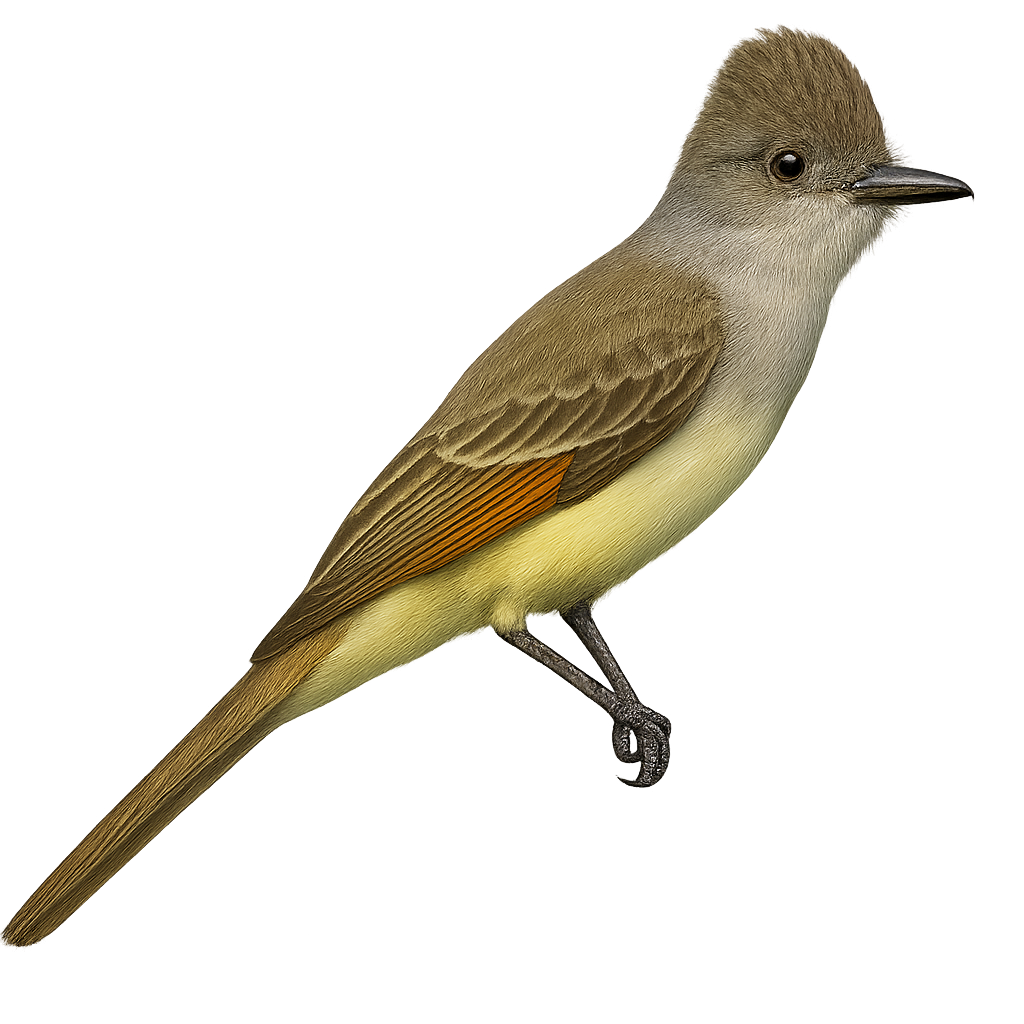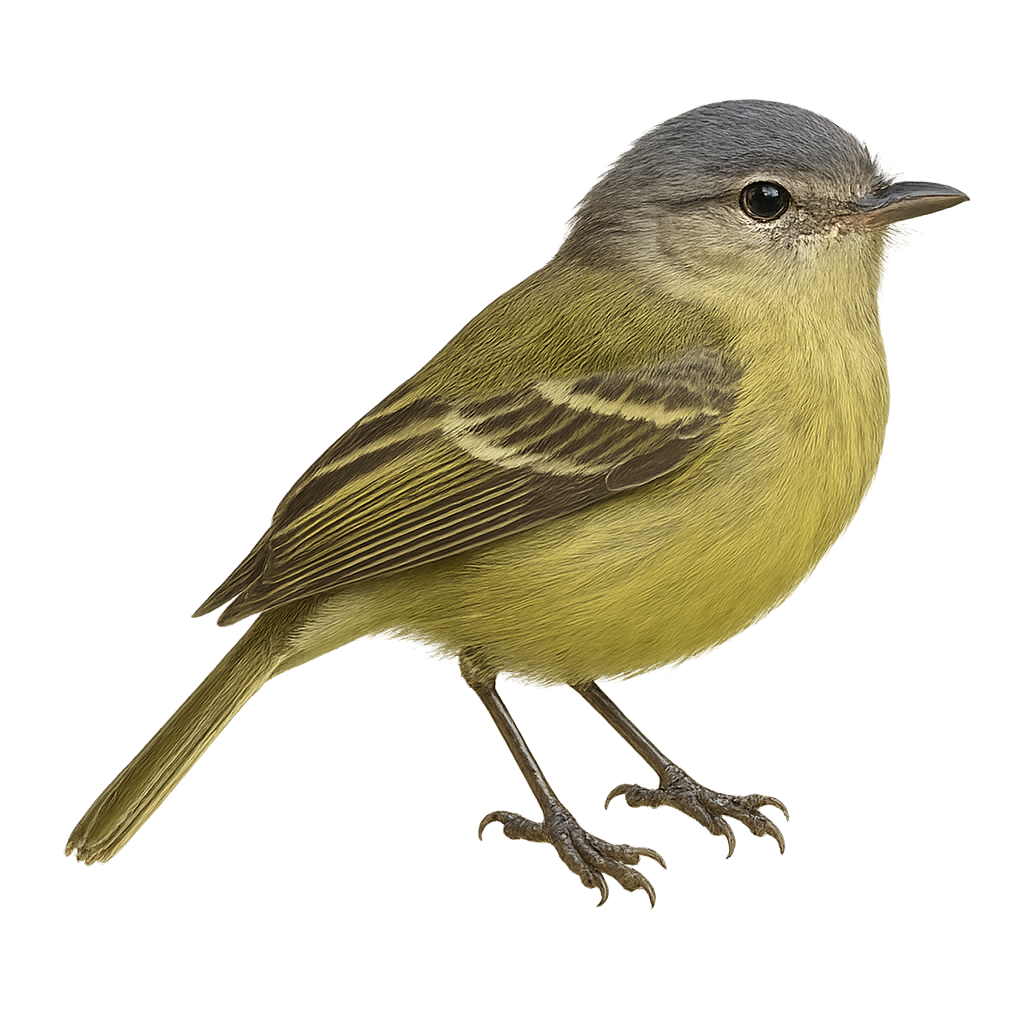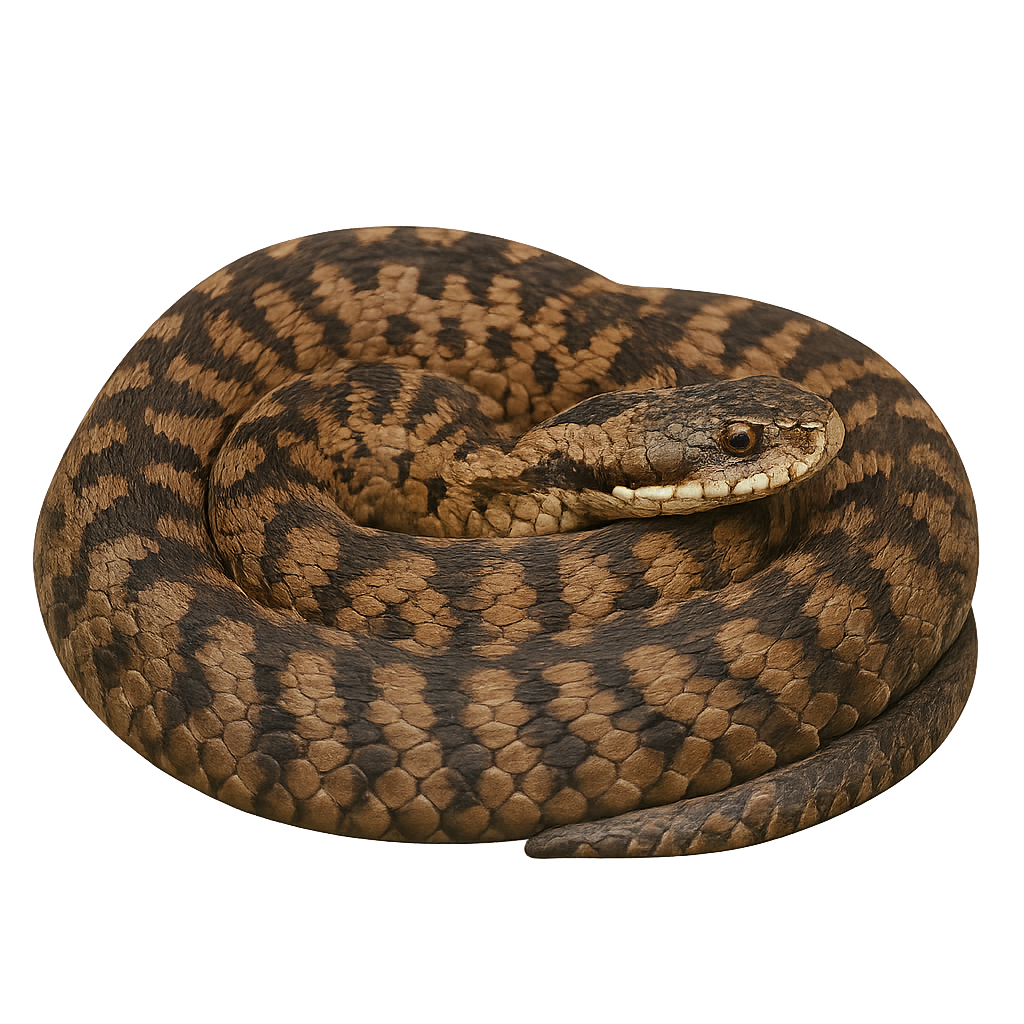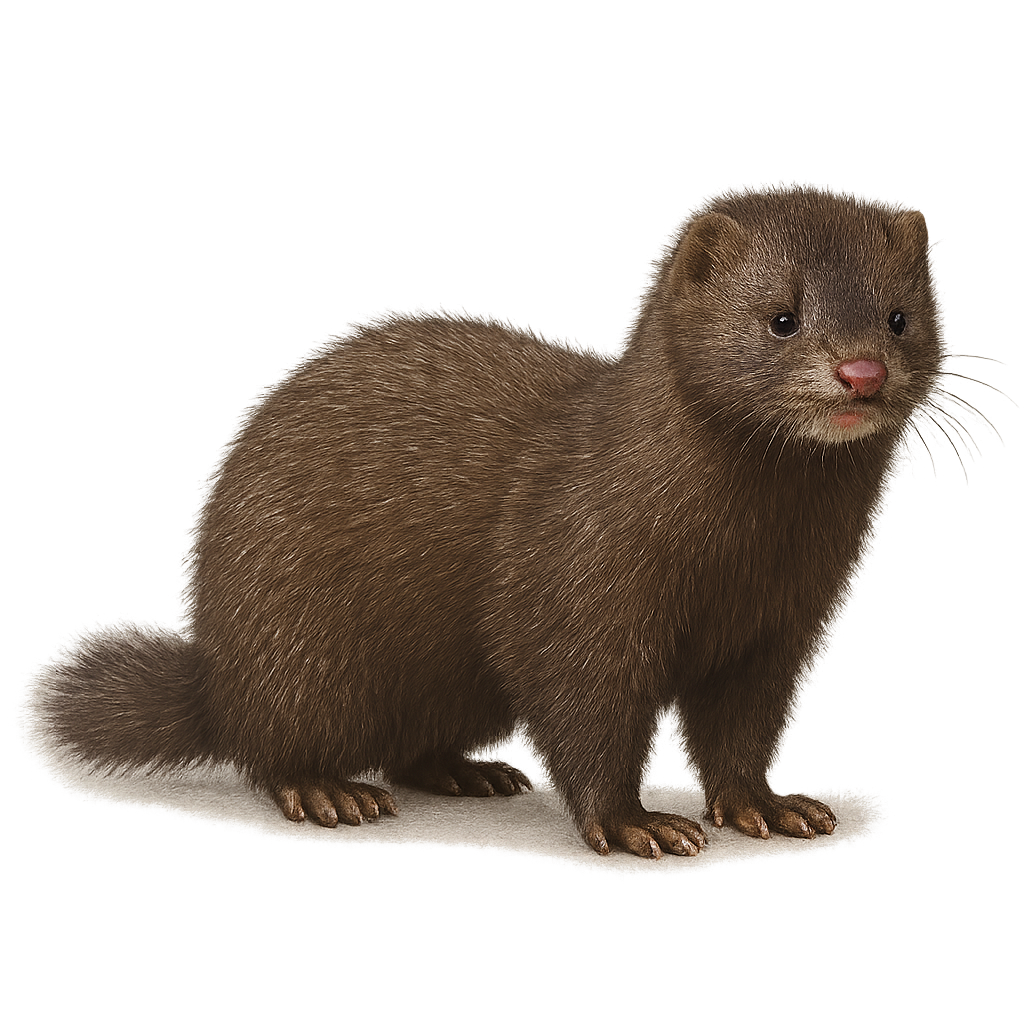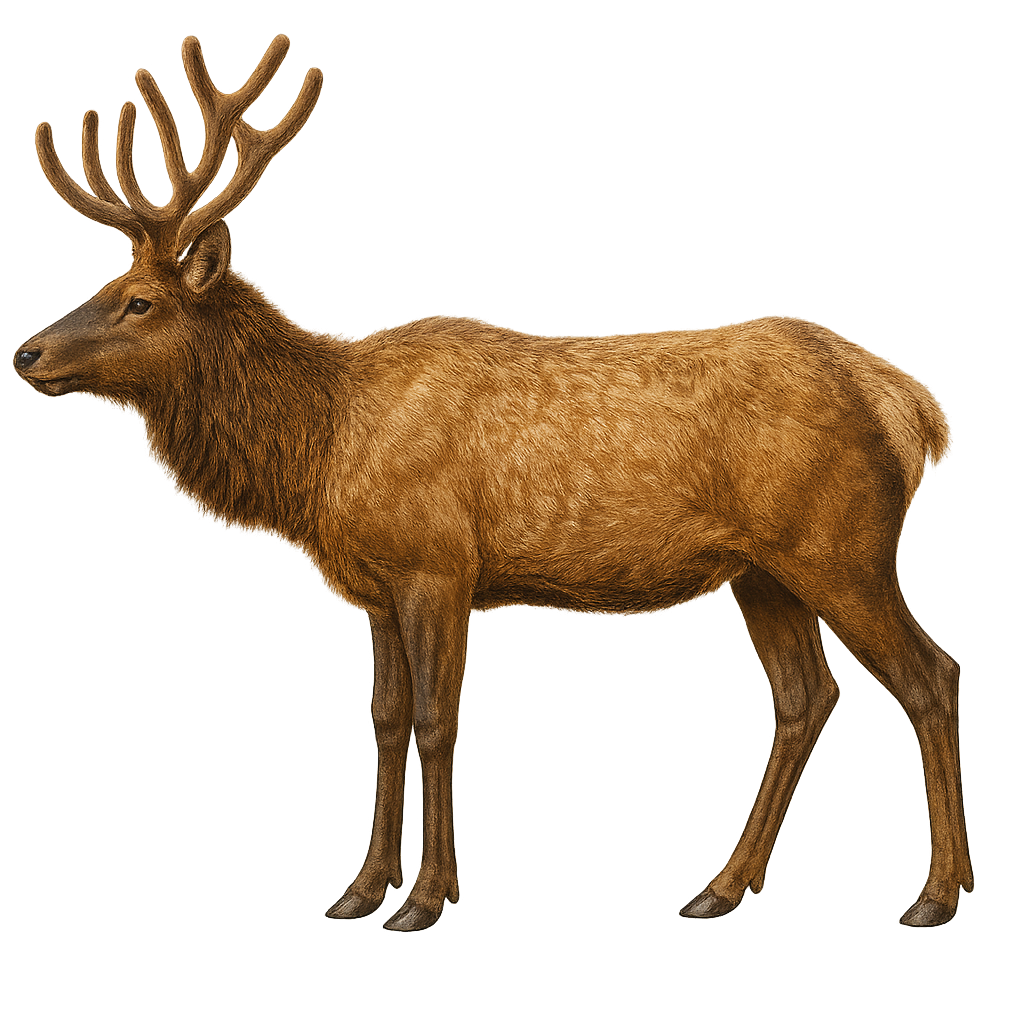Your wildlife tracking tool..
Browse 2,846species by country, track observations, and plan your photo outings.
Your global reference for wildlife photography
WildlifePhotographer gives you access to over 2,846 wildlife species sheets to help you identify, understand, and photograph wildlife around the world. Mammals, birds, reptiles… each sheet provides key information: habitat, activity, life cycle, signs of presence, and tailored photo tips.
Our database grows every week with new iconic species. To go further, access maps, reminders, logs, and personalized statistics in the app — designed to meet the real needs of wildlife photographers in the field.
Ash-throated Flycatcher
Myiarchus cinerascens
The Ash-throated Flycatcher, Myiarchus cinerascens, is a medium-sized bird, measuring about 18 to 21 cm in length. It is easily recognizable by its ash-colored throat and pale yellow belly. Its wings and tail are brownish with lighter edges. This passerine is primarily insectivorous but can also consume fruits and berries. It is found in arid and semi-arid areas, particularly in scrublands, open forests, and savannas. The Ash-throated Flycatcher is a partial migrant, breeding mainly in North America and migrating south for the winter. It is known for its distinctive song and varied calls, often heard during the breeding season.
Ashy-headed Tyrannulet
Tyranniscus cinereiceps
The Ashy-headed Tyrannulet is a small passerine bird belonging to the Tyrannidae family. It is characterized by its ashy gray head contrasting with its olive-green body. This bird is mainly found in humid forests and forest edges, where it feeds on insects and small fruits. It is often identified by its distinctive and melodious song. Although discreet, it is relatively tolerant of human presence, making it easier to observe. Its geographical distribution mainly covers Central and South America, where it inhabits various altitudes. Its population is considered stable, although sometimes threatened by deforestation.
Asp viper
Vipera aspis
The Asp Viper is a venomous snake species found primarily in rocky areas, meadows, and forests of Southern Europe, notably in France, Spain, Italy, and Switzerland. It typically measures between 60 and 80 cm in length, although some individuals can reach up to 1 meter. Its color ranges from gray to brown, with a zigzag pattern on its back and a distinct triangular head. The Asp Viper primarily feeds on small mammals, lizards, and birds. While venomous, its poison is generally harmless to humans, though bites do require medical attention. It is a protected species in many regions but is threatened by habitat loss and human persecution.
American Mink
Neovison vison
The American mink, Neovison vison, is a small carnivorous mammal belonging to the Mustelidae family. Native to North America, it has been introduced to various parts of the world for the fur industry. This mustelid is recognizable by its dense, glossy fur, typically dark brown, and its slender silhouette. It measures between 30 and 45 cm, excluding its tail, which can reach 25 cm. The mink is an excellent swimmer and is often found near water bodies like rivers, lakes, and marshes. It primarily feeds on fish, small mammals, birds, and amphibians. Although solitary and territorial, it may occasionally share its territory with other minks.
Altai Wapiti
Cervus canadensis xanthopygus
The Altai wapiti, or Cervus canadensis xanthopygus, is a subspecies of elk found primarily in the mountainous regions of the Altai in Central Asia. This majestic deer is recognizable by its light brown coat with darker shades on the back and legs. Males sport large branched antlers that they shed annually. They live in herds, often separated by gender, except during the rutting season when males join females. Their diet mainly consists of grasses, leaves, and young shoots. Adapted to harsh climates, they migrate seasonally to find food and optimal living conditions.
Abyssinian White-eye
Zosterops abyssinicus
The Abyssinian White-eye is a small bird with olive-green plumage, distinguished by a distinctive white eye-ring. It measures about 10 to 12 cm in length and weighs between 6 and 10 grams. This bird is primarily insectivorous but also feeds on nectar and fruits. It inhabits various environments, including forests, savannas, and shrublands, often at altitudes between 600 and 3000 meters. The Abyssinian White-eye is a social bird, living in groups and communicating through melodious songs. It is widespread in East Africa, particularly in Ethiopia, Somalia, and Kenya. Although not threatened, it is sensitive to deforestation and habitat loss.


